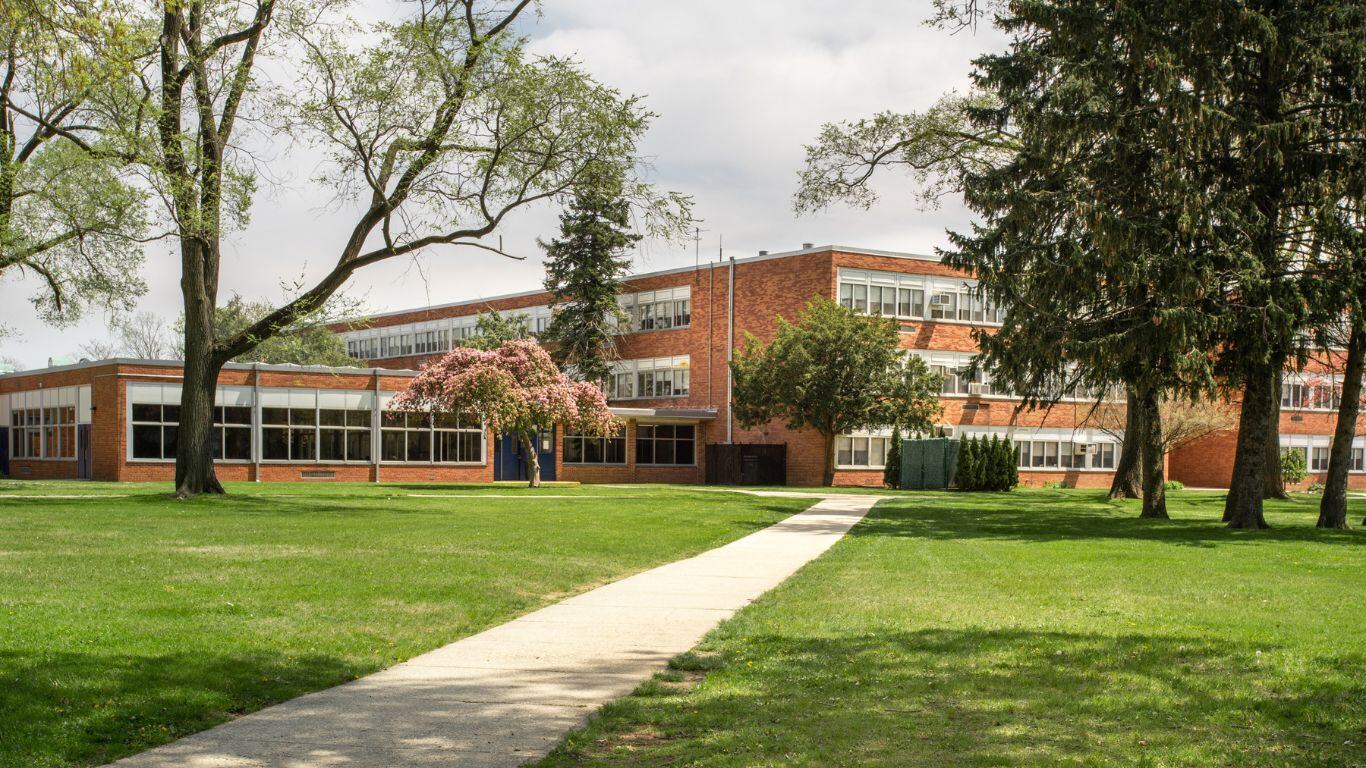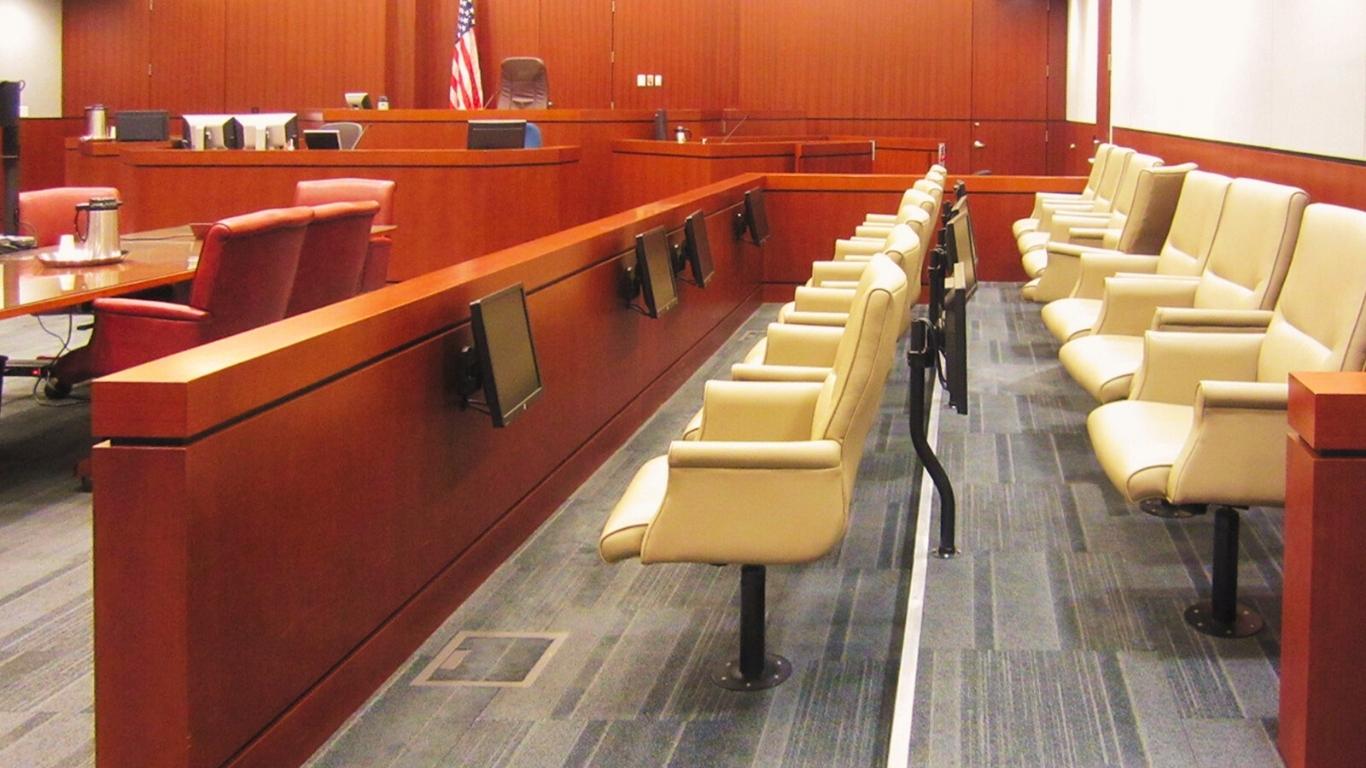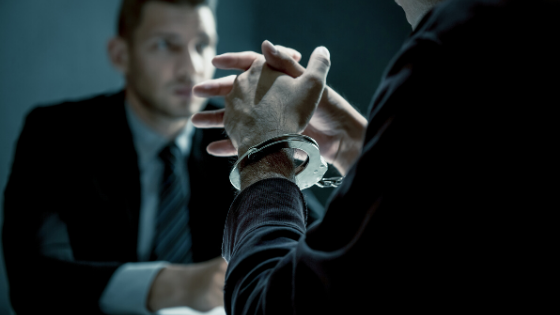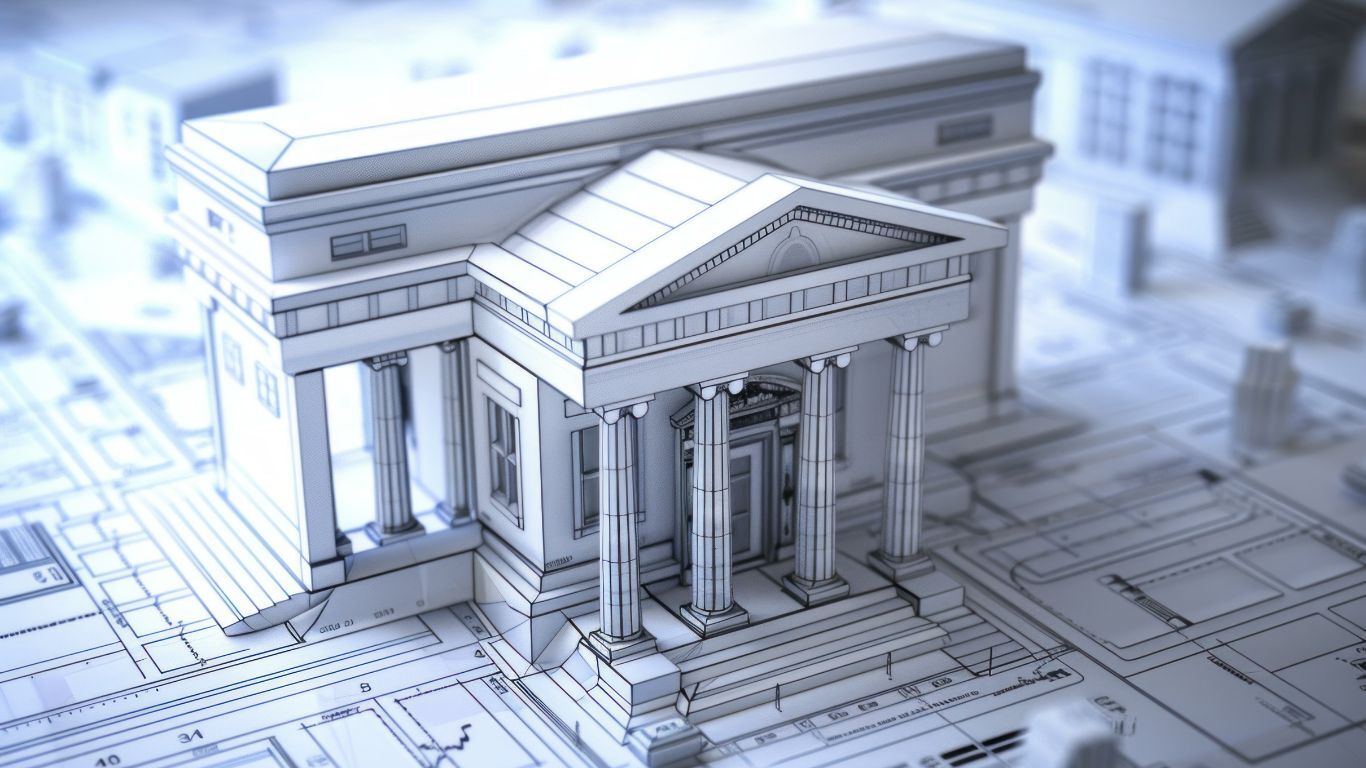As another school year comes to a close, it’s important that we continue to keep safety and security at the forefront of our minds. Summertime brings fun and freedom for our children, but as parents, we know that the next school year is just around the corner.
In a previous blog, I highlighted the importance of lockdown drills in schools. In this article, we'll take that conversation further by exploring how technology can enhance school lockdowns. While drills and training remain essential, the integration of technology significantly boosts the overall effectiveness of school lockdowns—for students, staff, and first responders alike.
What is a School Lockdown?
A lockdown is a set of procedures activated in response to a threat inside a school. Introduced more than 25 years ago following the Columbine tragedy, lockdowns are now an essential component of school safety protocols.
As a former school resource officer (SRO), I participated in dozens of lockdown drills throughout my district to prepare schools for a real emergency. While lockdown procedures should be consistent nationwide, small details may vary. In my experience, a typical lockdown looks like this:
- An announcement over the loudspeaker indicates a school lockdown alert.
- Lights are turned off, classroom doors are closed and locked, and glass panels are covered.
- Students and teachers move away from doors and windows and remain quiet.
- Doors are not opened for anyone unless instructed to do so by a verified source.
- The lockdown is lifted by school officials or first responders, and parents are notified that a lockdown has taken place.
During a lockdown, it can be challenging to concentrate on all the tasks necessary to ensure the safety of students and staff. Technology can be used to enhance the response.
Incorporating Technology into Lockdowns
As technology advances, many school districts nationwide have implemented enhanced security measures to improve safety within their buildings. This includes features such as automatically locking doors, automated alerts to first responders, and CCTV monitoring. Let’s look at a few of these technological advancements and how they can ensure the most effective lockdown.
Security System IntegrationModern school security can be significantly strengthened through the integration of smart technology. Tools such as automatic door closers, instant text alerts, and direct communication lines with first responders can all be activated simultaneously with the press of a strategically placed duress alarm. This centralized approach allows for immediate, coordinated action during a crisis.
In a lockdown situation, these features help prevent intruders from gaining further access to the building while students and staff take shelter. The rapid deployment of security measures not only alerts everyone to the danger in real time but also helps reduce law enforcement response times—potentially saving lives in the critical first minutes of an emergency
Access Control and Visitor Management
Access control is crucial for an effective lockdown. Electronic access control systems enable remote locking of exterior doors, preventing unauthorized entry. Hallway doors can also be remotely locked during a lockdown, shutting off areas that are highly populated with staff and students.
Visitor management technology enables administrators and first responders to identify who should be inside the building. Once a lockdown has been lifted, visitor management systems can help account for all staff, students, and visitors in the school.
Enhanced Communication Systems
Advanced two-way radios enable seamless communication among staff and school security personnel during a lockdown. Radios enable staff to communicate vital information to multiple people simultaneously, as opposed to making phone calls or sending text messages, which limit them to fewer recipients. It is my experience that only select school staff are provided with two-way radios in many school districts, likely due to budget constraints. Providing two-way radios to all teachers and staff would greatly enhance communication during a lockdown.
Regular training should be provided to all school personnel on the full functionality of two-way radios so they can effectively be used during a lockdown when cellular coverage may be limited due to a surge in communication.
Video Surveillance and AI MonitoringArtificial intelligence is transforming school security by enabling early threat detection and faster response. AI-powered systems can analyze video feeds in real time to identify weapons or suspicious behavior, instantly alerting administrators or security personnel before a threat escalates.
This proactive capability allows schools to initiate lockdowns proactively, potentially stopping dangerous situations before they unfold. Traditionally, video surveillance in schools has been used reactively to review incidents after they occur. By integrating AI with existing CCTV infrastructure, schools can shift from a passive to a preventative approach—enhancing both safety and preparedness.
Automated CommunicationsAutomated alert and notification systems provide real-time, discreet communication between staff and administrators during emergencies. Since not all teachers have access to two-way radios, mobile technology becomes a critical tool. Through GPS-enabled status reporting in secure mobile apps, teachers can silently communicate their location, confirm student safety, or report injuries—all without leaving their secure positions during a lockdown. This discreet communication enhances situational awareness and enables a more coordinated and informed response.
The Importance of Investing in the Right Technologies
A well-executed lockdown procedure protects all school occupants in the event of a real emergency. School districts must prioritize staff training with the appropriate equipment, conduct regular drills (about one per school quarter), and invest in effective technology to ensure successful outcomes of lockdowns.
Without the right technology, lockdowns can potentially be inconsistent across schools within the same district. Outdated equipment can lead to communication delays among administration and teachers, as well as confuse the roles and responsibilities of school staff and first responders.
Technology bridges potential lockdown gaps—enhancing communication, speeding up response times, controlling access, and transforming drills into powerful learning experiences.
Final Thoughts
Investing in advanced security technology is about more than just acquiring new tools—it’s about prioritizing the safety and well-being of our students and school staff. These are not one-time purchases, but essential, life-saving investments that strengthen school security for the long term.
As both a parent and someone with firsthand experience in lockdowns, I am committed to raising awareness about the critical role proper equipment plays in effective emergency response. By integrating modern technology with existing systems, schools can significantly improve their lockdown procedures—creating a culture of preparedness that empowers both educators and students.




















